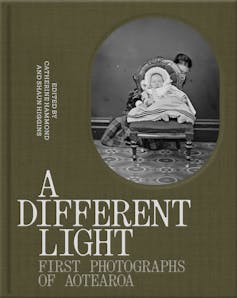how Māori embraced – and rejected – the colonial camera lens
- Written by Angela Wanhalla, Professor of History, University of Otago

By the 1870s, photography was a ubiquitous presence in the colonial life of Aotearoa New Zealand. For Māori, however, it was also a colonising tool – part of the colonial practices of land alienation, war and propaganda that affected them so deeply.
This complex Māori engagement with photography features in A Different Light: First Photographs of Aotearoa[1], an exhibition that opens today in Auckland.
















